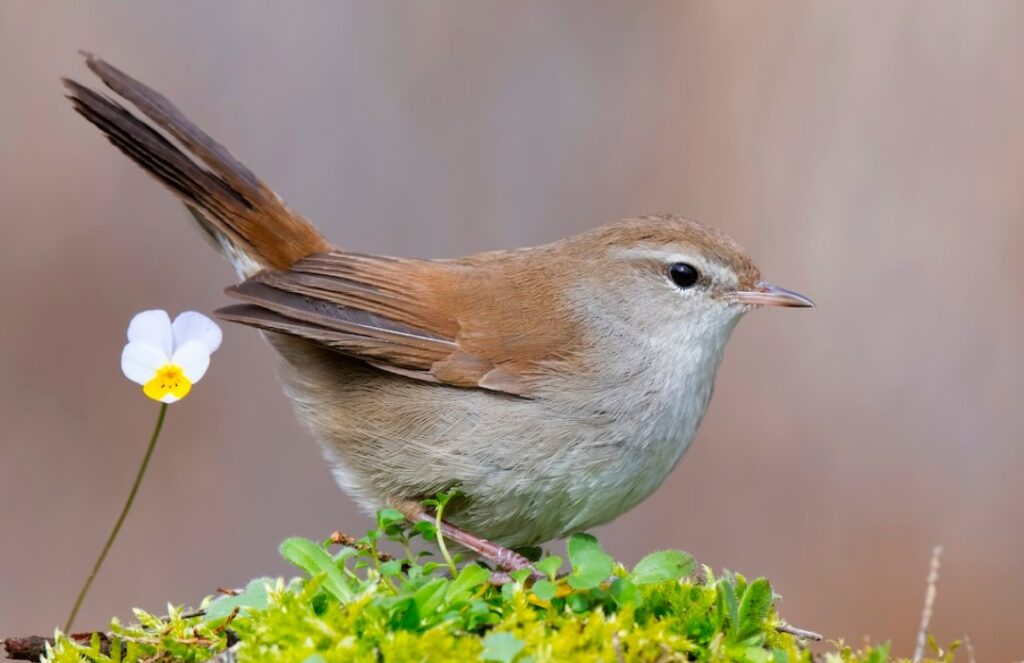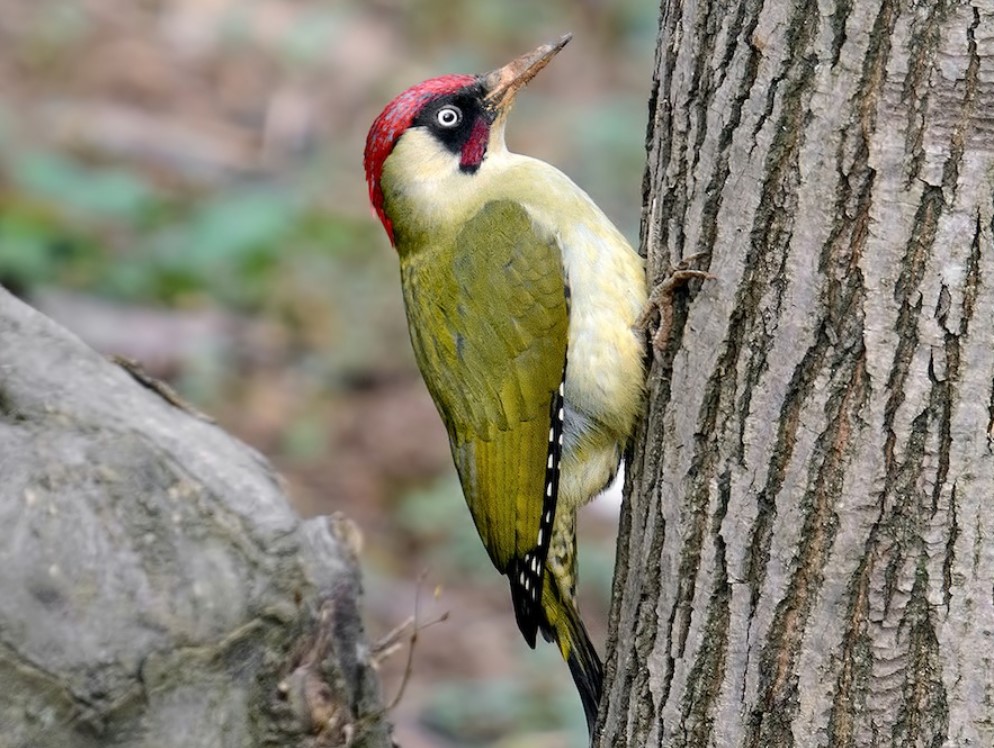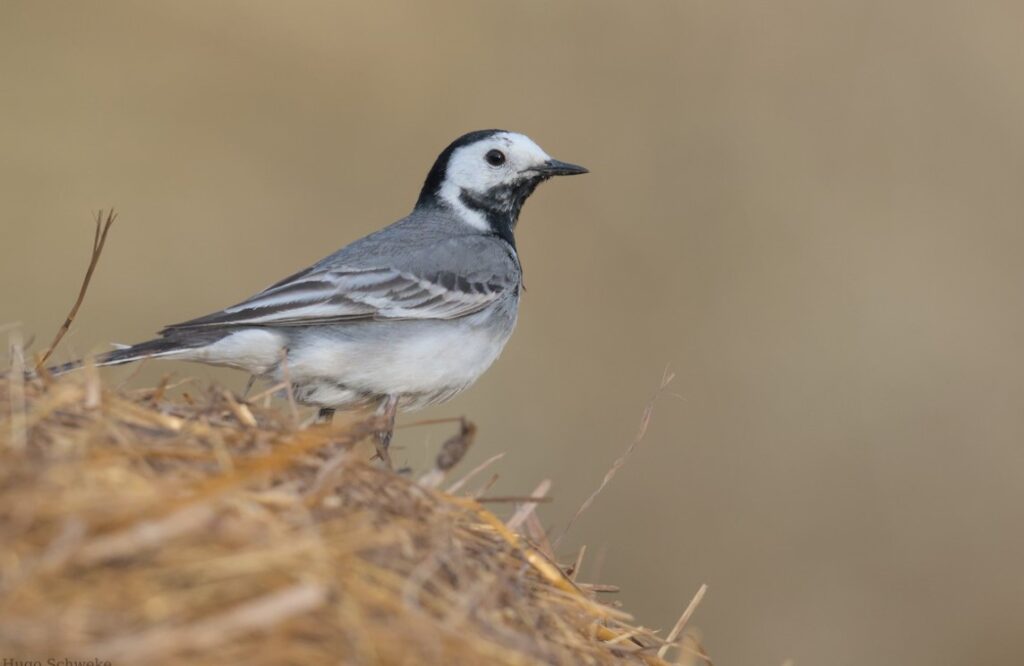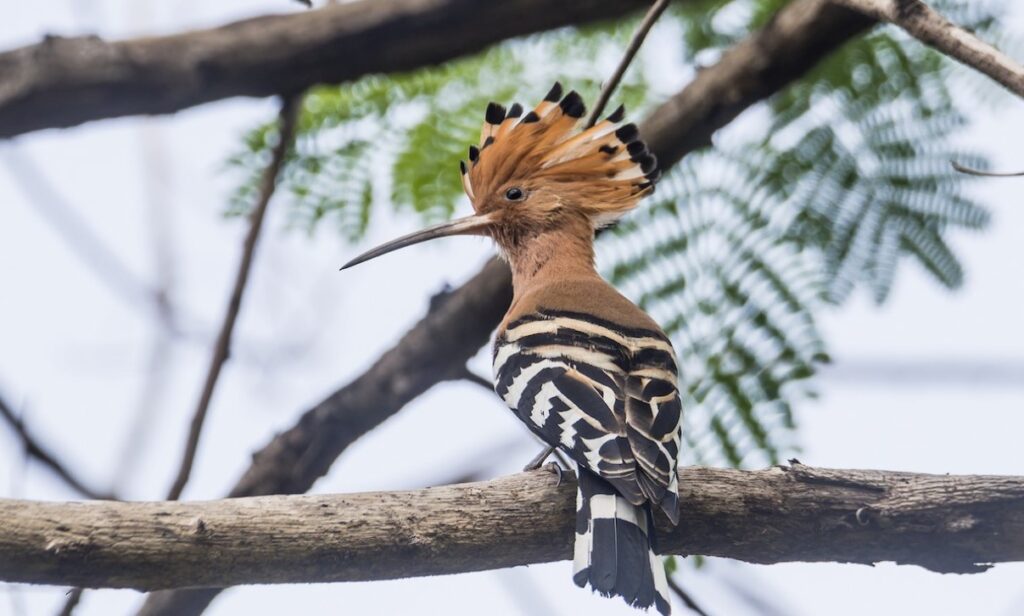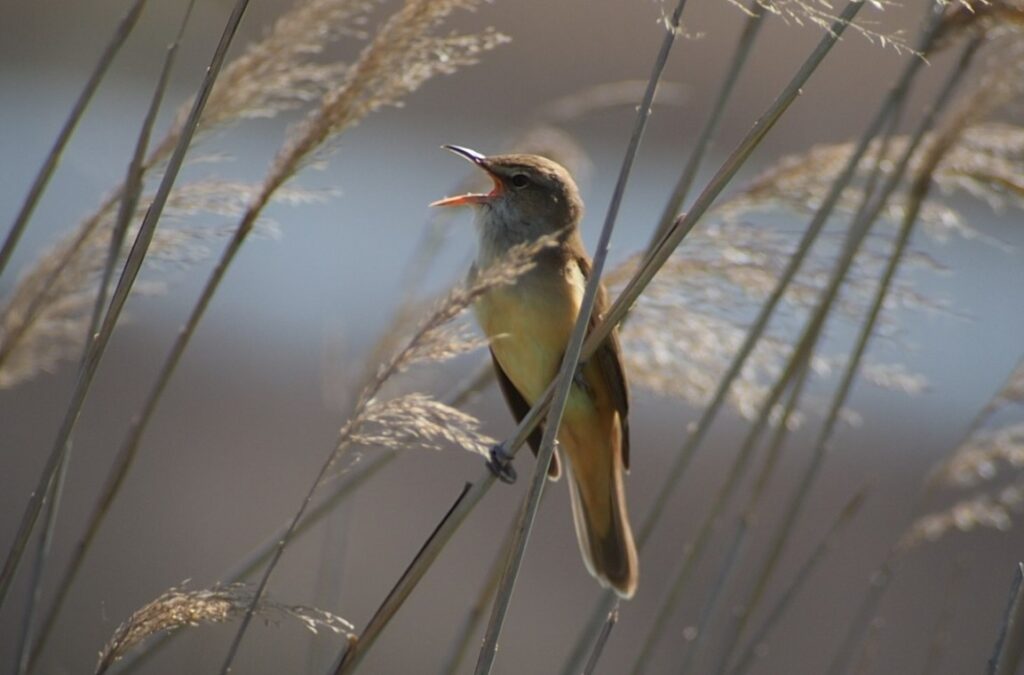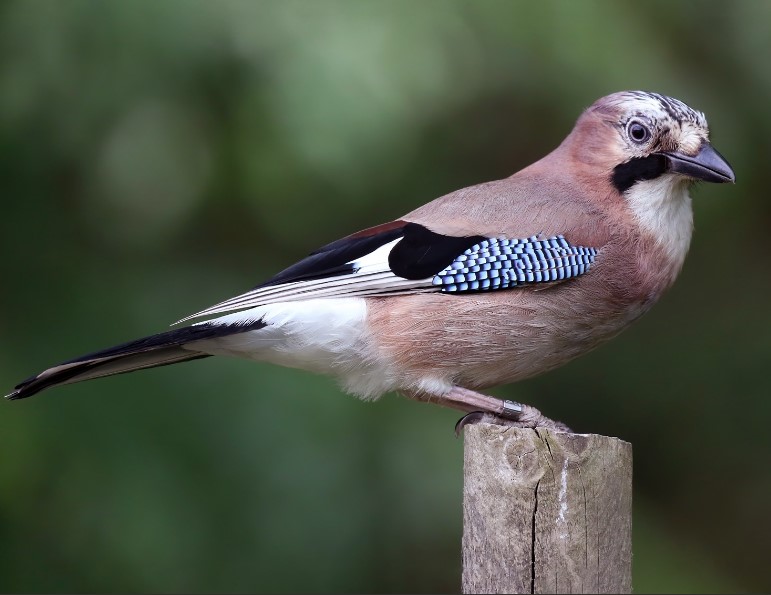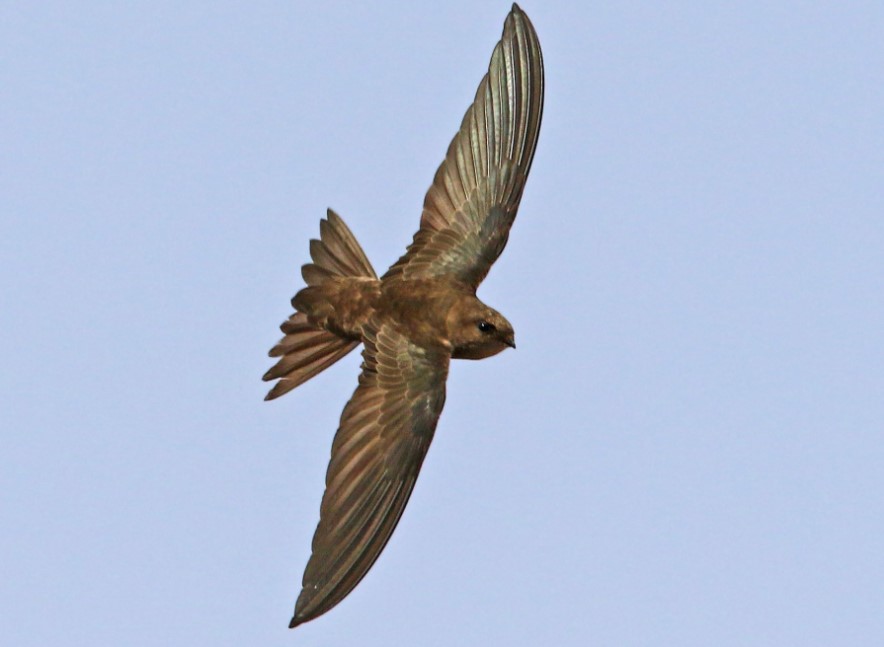Cettia cetti
Family: CettiidaeGenus: Cettia A stout and broad-tailed warbler, characterized by warm brown upperparts and pale grayish underparts, accentuated by a narrow eyebrow. It can easily blend into dense vegetation, often remaining inconspicuous. During the breeding season, it prefers tangled vegetation near water, such as reedy marshes adorned with bushes and scrub. While its presence is […]


